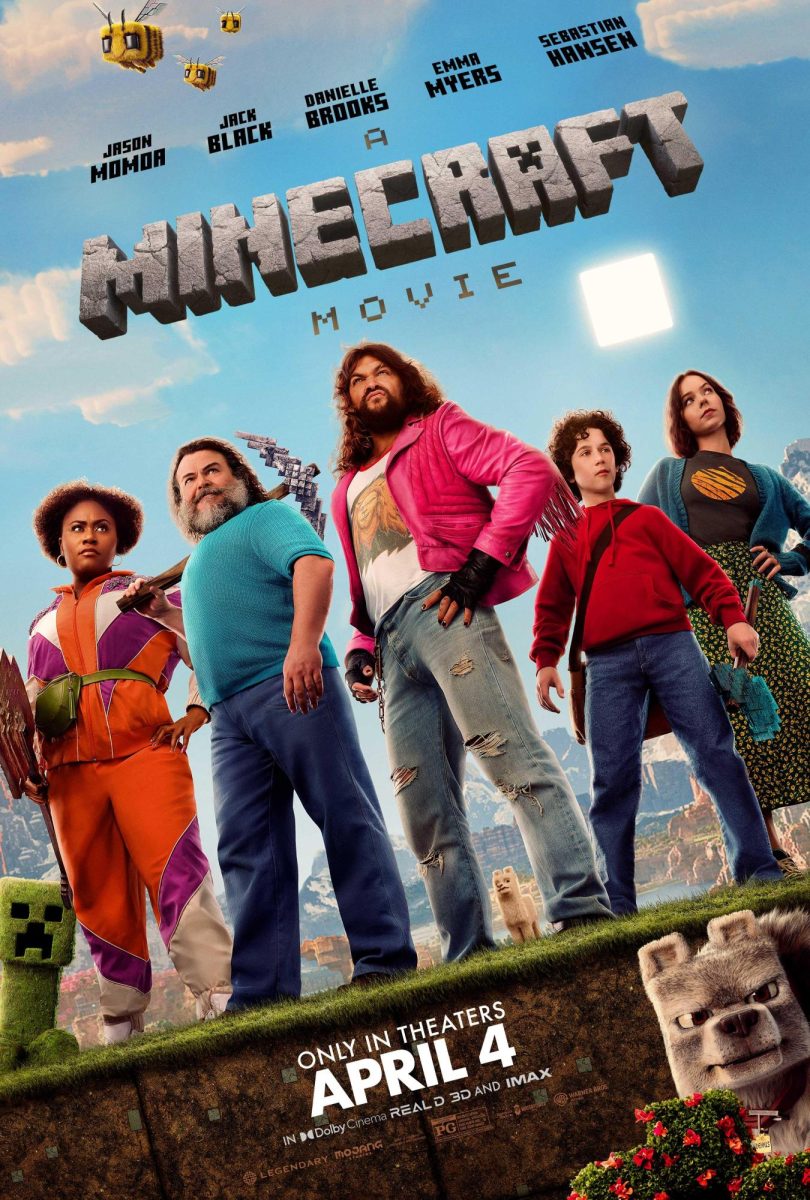A Minecraft Movie was perhaps inevitable. The world’s bestselling game, defined by its limitless possibilities, was bound to attract Hollywood’s attention.
But what the audience received, unfortunately, felt more like the culmination of years of indecision rather than a carefully constructed creative vision. The film had a bumpy development process, going through multiple changes in directors, writers, and release dates since Mojang Studios, developers of Minecraft, first entertained Hollywood offers in 2012.
After rejecting a fan film in 2014, Mojang partnered with Warner Bros., initially hiring Shawn Levy as director, but he and his writers soon left due to creative differences. Rob McElhenney subsequently took over in 2015, developing a large-budget, open-world concept before the project stalled in 2016 due to leadership changes at Warner Bros. It goes on. Peter Sollett was brought on in 2019 with a new storyline, but the COVID-19 pandemic delayed production yet again. In 2022, Jared Hess, the mind behind Napoleon Dynamite, was announced as the new director, with the film at last hitting the crafting table.
The final script, a Frankenstein’s monster of multiple credited writers, reflects its chaotic history. The tortured development process is a likely culprit for why the final product feels so confused. Is this a movie for children, for nostalgic millennials, or for terminally online Gen Zers? The creators seem to have clicked “all the above,” and thus the answer remains unclear.
One of the strangest choices is the film’s humor, which oscillates between slapstick antics and non sequiturs that feel plucked from the depths of an absurdist Twitter thread. There are references spanning from the ’80s to today, including a not-so-subtle nod to the viral meme “the children yearn for the mines.” The approach feels like a desperate attempt to appeal to as many demographics as possible, resulting in a film that is offbeat and alienating rather than inclusive.
Then there’s the musical element. Yes, A Minecraft Movie is, at least partially, a musical. It’s a decision that might have worked if the production team had committed to it fully, but instead the film awkwardly inserts a few halfhearted song breaks, courtesy of Jack Black, that add little to the story and feel like contractual obligations rather than inspired creative choices. The game’s iconic ambient soundtrack is barely utilized, ushering in an eclectic mix of nostalgic needle drops and rather forgettable original numbers.
Not even the broad shoulders of Jack Black as Steve could carry this picture to success. His usual charm is present, but even his energetic performance can’t overcome the muddled storytelling. Hollywood may have finally placed its pixelated flag on Mojang’s turf, but this adaptation serves as a reminder that not every game needs a movie—and certainly not like this.
Ultimately, the creators of this picture were so absorbed with whether or not they could, they forgot to ask whether or not they should.
Yet, A Minecraft Movie is not an isolated case. Instead, it raises broader questions about the trajectory of video game adaptations in Hollywood. In an era where successful intellectual property is seen as raw material for exploitation, one must ask: Do video games—designed to be interactive, player-driven experiences—translate well into the passive structures of film and television?
While recent successes like The Last of Us and Arcane have demonstrated that some video game narratives can thrive in adaptation, other games—especially open-ended ones like Minecraft—seem fundamentally at odds with the medium of film.
At what point does Hollywood’s relentless pursuit of recognizable brands supersede the necessity for compelling storytelling? Is cinema entering a future where video game films become as ubiquitous—and as creatively bankrupt—as the mid-2000s wave of comic book adaptations? Or is there still room in the studio system for talented directors such as Hess to embrace the essence of what makes these stories beloved rather than just capitalizing on brand recognition?
If the Minecraft movie teaches us anything, it’s that the mere existence of an adaptation does not justify itself. Perhaps the real lesson here is that some things are better left unmined.









